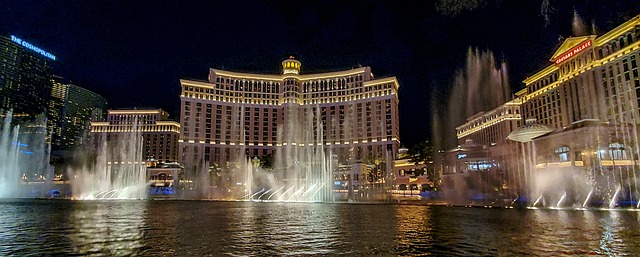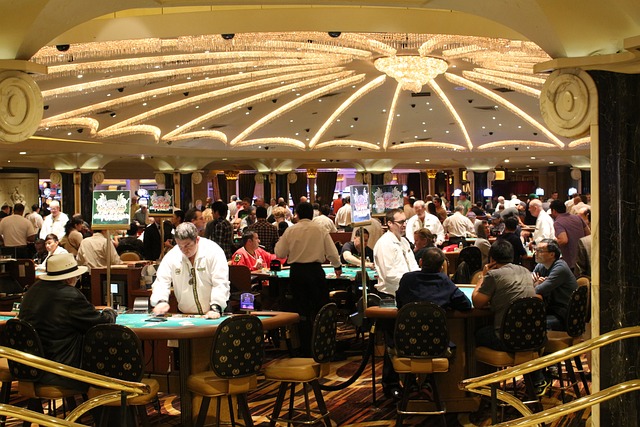Besides being places to gamble and enjoy entertainment, casinos also function as places of psychological brilliance. This article looks into the different facets of casino design. It helps to better understand how these work and what they can do to improve the experience of players. This study is not limited to traditional limits, and it goes beyond the scope of what’s known about gaming.
Casino Design Strategies: Tailoring Experiences Across Markets Regional Nuances in Casino Layouts
Casino designs vary across regions, reflecting cultural preferences and legal regulations. In Asia, for instance, feng shui principles often guide spatial arrangements. It promotes a sense of harmony and flow that appeals to local players. In contrast, Western casinos might focus more on grandiosity and spectacle. It also focuses on the lavish decorations and sprawling game floors designed to evoke feelings of luxury and excitement.
Product-Specific Layouts and Their Impact
The layout of a casino is meticulously planned to highlight certain games, based on their profitability and appeal. In casinos, exclusive areas allow gamblers to play various types of games, such as poker and blackjack. Also, slot machine locations are commonly found in areas that have heavy foot traffic to draw in more dedicated and casual players. This strategy draws in more people and keeps them coming back. Maze-like layouts with winding paths and few straight sight lines create a sense of discovery. They compel visitors to venture deeper into the casino floor. This design philosophy minimizes the likelihood of a quick exit. It maximizes engagement with various games and amenities.
Success Cases in Casino Design

In the realm of online gambling, players can explore top-paying IviBet online casinos to experience masterfully designed user interfaces that promote exciting user engagement, so players can enjoy longer game times. By analyzing user interaction data, these platforms have optimized their layouts. They highlighted the most popular games and incentivized exploration. They also demonstrated the power of design in the digital gambling space.
Reinventing the Casino Floor
One notable success story comes from a casino that redesigned its floor layout. It created more open spaces around popular games. It led to a significant increase in player engagement and overall revenue. This approach broke away from traditional dense layouts. It proves that strategic openness can enhance player satisfaction.
Leveraging Technology for Personalized Experiences
Another success case involves the integration of technology to offer personalized gaming experiences. Through the use of loyalty cards and mobile apps, a casino was able to track player preferences and guide them towards games that matched their interests, resulting in higher player retention rates and increased spending per visit.
Goals Behind Casino Design Strategies Enhancing Player Comfort and Prolonging Stay
A casino’s design aims to provide an inviting and comfortable atmosphere. It encourages individuals to spend more money there and extend their stay. Various features, such as comfortable seating arrangements and a climate-controlled environment, can be utilized to achieve this.
Exploring the psychology of casino design: How layouts influence player behavior

Besides being places to gamble and enjoy entertainment, casinos also function as places of psychological brilliance. This article looks into the different facets of casino design to better understand how these work and what they can do to improve the experience of players. This study is not limited to traditional limits, and it goes beyond the scope of what’s known about gaming.
Maximizing Revenue Through Strategic Game Placement
A casino can increase its revenue by strategically placing high-quality games. In addition to attracting more players, this approach also allows the establishment to diversify its gaming options and attract more diverse audiences.
Creating a Seamless Gaming Experience
The goal of a casino’s seamless gaming experience is to provide a relaxing environment for customers. This can be achieved through the establishment’s provision of different dining and entertainment options.
Best Practices in Digital Surveillance
A casino needs a digital security system to monitor its patrons and collect data about them. This information can then be used to improve the game’s selection and safety.
The design of a casino should take into account different factors to improve the experience of its customers and boost its bottom line. As the gaming field continues to expand, more and more games will incorporate the interaction between the digital and physical worlds.
